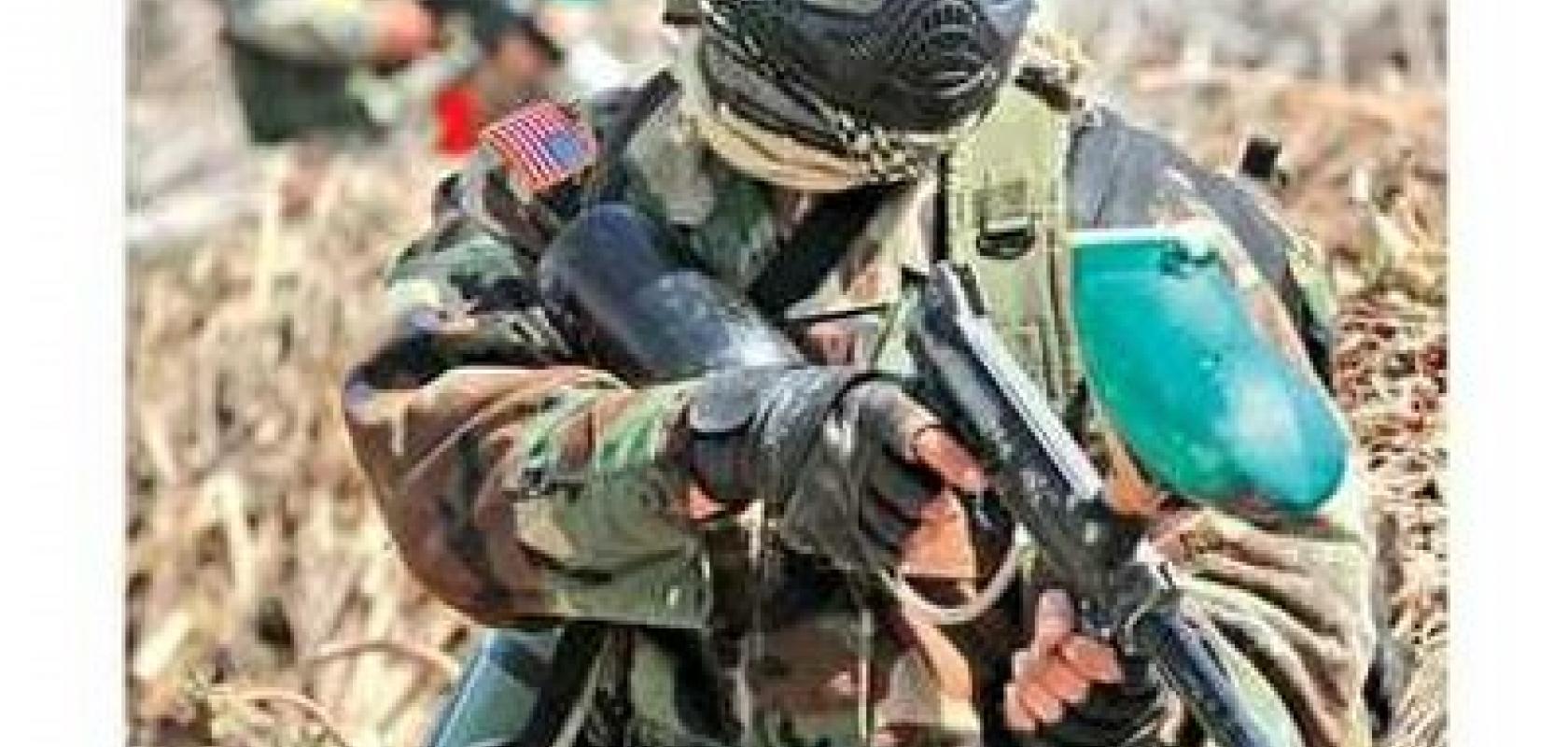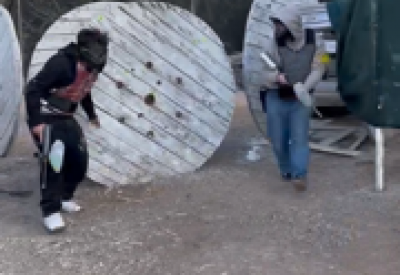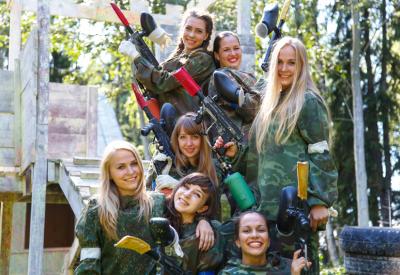Blending with the Environment through Effective Camouflage

Blending with the Environment through Effective Camouflage
Did you ever wonder why the military wears camouflage uniforms? It is due to the art of deception. In order to conceal soldiers, equipment, their presence, and position, camouflage is used for concealment from the enemy.
Camouflage is a pattern and color design intended to blend in with outdoor terrain. During and prior to WWII, olive green military uniforms were used. Since that time, the switch to digital camouflage uniforms was put into effect for the purpose of better concealing the outline of soldiers and equipment so the enemy would find it harder to detect their presence.
So many paintball players choose to wear camouflage when on the playing fields. It’s less likely they will get shot by the opposing team when their clothing blends in with the outdoor terrain.
Some of the best earth tones for blending are browns, beige, taupe, rust, dark greens such as khaki, olive, sage, and moss. When blended, greens and browns make it harder for the opposing team to spot you.
Paintball USA offers camouflage, one piece jump suits, jackets, and pants as rentals if you don’t have your own. If you prefer to wear your own clothing, the cooler weather is the best time that you can layer up for safety and protection. https://www.paintballusa.org/welcome-information
Most paintball players do not wear helmets, however, for safety purposes, they should. The standard paintball safety battle mask doesn’t cover the head. Paintballs can travel at speeds up to 240 feet per second while air soft pellets have much less of an impact. https://www.paintballusa.org/
Air soft helmets are not permissible in paintball games because they can not repel the impact of a paintball.
- Paintball helmets made of lightweight plastic provide good head protection.
- Some helmets have plastic mesh making summer play more comfortable.
- Air soft helmets do not provide the same protection for paintball games.
If a player finds it uncomfortable to wear a helmet, a beanie, shemagh desert style scarf, hooded sweat jacket, or a backward worn baseball hat can offer some protection.
Winter base layers provide warmth by keeping the warm air close to your body and manage moisture absorption when you sweat. As with thermals, the cloth should be a “wick” weaved fabric.
Neutral or earth tone-colored sweats on top of your base layer provide thickness and a cushion effect when you are hit with a paintball. Hoodie sweat shirts with a wool beanie underneath provide warmth and padding.
A jacket of any kind for your top layer works well and you can pull it off when you get to hot in a game. Don’t forget gloves. Knuckles hurt worse when a paintball hits during cold weather. If you love playing paintball in the rain, wear a waterproof jacket and pants over your sweats.
Paintball USA has waterproof ponchos for purchase along with gloves for sale and rentals.
Summer paintball is a bit more difficult to try and layer up, however, follow the rules of dress as those that live in the desert, such as the Bedouin Tribes. Your goal is to protect your skin from paintball shots and prevent heat stroke.
Baggy, loose-fitting clothing made of cotton will provide airflow that will cool your body down when you sweat. Lighter colors reflect the sun. This is why there are lighter browns and tan mixed desert camouflage.
Best advice for staying protected while playing paintball is don’t wear shorts and a tee shirt. https://www.paintballusa.org/pricing









